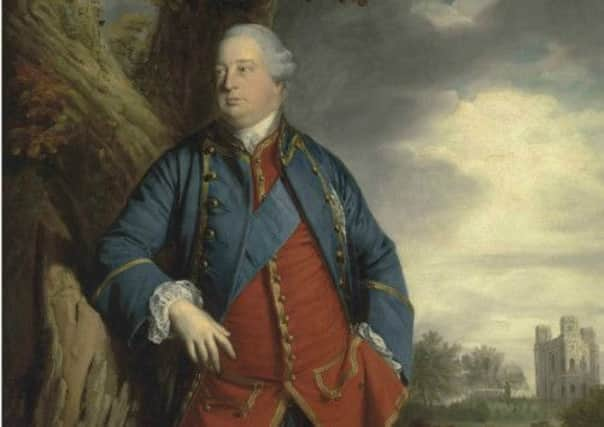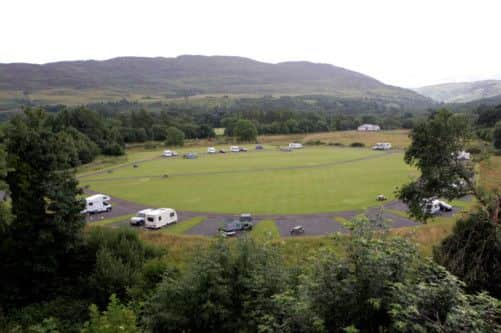Outrage over Duke of Cumberland campsite


Now a row has broken out in the Highlands over a campsite named after the Duke of Cumberland, the man who led government troops at the Battle of Culloden.
The battle saw the Young Pretender defeated by government troops, ending his bid to claim the British throne for his family.
Advertisement
Hide AdAdvertisement
Hide AdAs the leading British general of the day, Cumberland, a younger son of George II, was chosen to put a decisive stop the rebellion. His appointment was popular, and led to a spike in morale among troops loyal to King George. But he is best remembered for his brutality against the rebels.


Reay Mackay decided to name his camp site in Fort Augustus, at the south-west end of Loch Ness, because Cumberland’s army set up their own temporary residence there after the 1746 battle.
But visitors – among them a former local resident and honorary fellow of the Association for Scottish Literary Studies – have raised objections.
A former principal teacher of English at Charleston Academy in Inverness, Brian Denoon has described the move as shocking and insensitive. He said: “As one who was brought up in Fort Augustus, it was a rather stunning experience to find that one of the least savoury of figures in the history of these parts is commemorated in the very community from which he sent out his soldiers in the post-Culloden days to massacre Highlanders in the neighbouring glens.”
Fort Augustus, which has a population of around 700, is heavily reliant on tourism. Until the early 18th century the settlement was called Kiliwhimin. It was renamed Fort Augustus by General Wade, who built a fort there between 1729 until 1742, and named it after Cumberland.
Mr Denoon, 76, added: “Butcher Cumberland shamed the British army with his brutality in those far-off days, yet there are those in the village today who are so historically dysfunctional that they see nothing untoward in naming a tourist facility after him.”
Park owner Reay Mackay, 39, defended the name. He said: “There is no harm in the name – it is part of our history. Many of our visitors come to Fort Augustus because of the history of the place, particularly following the Battle of Culloden.” He said he had only received a couple of complaints about the name, adding that he might even erect statues of Redcoat soldiers at the site’s entrance. Mr Mackay said: “Archaeologists discovered musket balls and other items which proved Cumberland’s Army camped here. There is also a painting in the Royal library at Windsor Castle which depicts a panoramic landscape of Fort Augustus with Redcoats camping at this location.
“So I have a very legitimate reason to be calling it after Cumberland. And, after all, Fort Augustus had its name changed because of him. So are the protesters wanting us to change the village name?”